|
Reflecting back on our first season on the ground establishing Agroforestry, Holistic Planned Grazing, Kitchen Gardens and various other systems from scratch. It has been an amazing ride, so many incredible people from around the world made this possible; good team, clear design & a lot of well coordinated hard work. It is impossible to capture the incredibly diverse & rich experiences that have taken place here this year. It has been such a pleasure to share this unique time and learning opportunity with so many bright and dedicated folks committed to being of benefit through their actions, enterprises and work. Part of our vision is to be able to offer people experiences that can really empower the design approach and practical skills we see as necessary for farming, managing projects, etc. We ran three PDC trainings and two 10 Week Internships this season, rather intense by any standards, but laden with such rich learning possibilities as we designed & installed systems from scratch. Being short on finances our aim was to buy a farm we could move into immediately and install a design to regenerate and reinvigorate the ecosystem whilst making a viable farm enterprise. Our budget for the entire project is less than most people spend on their houses in Europe, making this an interesting challenge given the economic situation in Sweden. Properties are usually sold via a bidding process here in Sweden and sadly a lot of beautiful small farms go for holiday homes and the land base is never fully utilized. We had defined about 50 clear goals including the climate zone, distance from international travel, relative location to market for “beyond organic” high value local produce, sloping land where we could utilize gravity and create a clear visual demonstration of the aspects of design we teach, some forestry for repairing buildings and building infrastructure and a whole host of other things. We also did not want to have to spend years renovating buildings rather than farm but we had a relatively tiny budget, so rural Sweden it was. We would turn up at a viewing and manically design up the property to decide if we could achieve our objectives only to be quickly outbid. It was an exhausting process squeezed between my international travel schedule and we had almost given up when we came across Ridgedale. A thrifty couple that raised pigs and farmed horse drawn until 20 years ago previously owned the land. The land had not been worked since and degrading pasture stood testimony to the lack of animals on the landscape. We designed Ridgedale as a pasture and perennial crop based system to maximize photosynthetic capture whilst ensuring low input management for the future, valuing our most renewable source of energy; the sun. We have used Keyline Design as a framework for prioritization in most of our design work over the last few years and this also frames the pattern of land use. We have strips of pasture with multiple complimentary animal species grazing through Agroforestry strips of fruit, nut and berry production. At 59 °N light is a limiting factor and so we stack layers of cropping quite intensively to make the most of the short season. Ridgedale is set on 10 Ha with pasture, forest, streams and sloping land with good solar orientation we have a great platform to begin regenerating the soils mineral and water cycles and build increasingly diverse habitat whilst producing very high quality food for the local community. One unusual aspect to the farm is that we aim to meet the majority of our own food needs first, and then produce a surplus to sell. Farming economically at this scale requires low initial debt, utilizing local waste streams, producing our own needs and focusing on high quality value added products. When we say our “own” food that includes a bustling average population of 25- 30 folks who come to participate in trainings at the farm for half the year. This year we established 600m2 of annual vegetables in our contoured No Dig Beds and Polytunnels, and in 2015 we will be experimenting with innovative ATV cultivation, and look into extending annual production for a CSA. We plan to start this slowly and "feel into" the demand, partly as we have so many other commitments. We ran a successful fund raising campaign through the Permaculture Crowdsourcing site WeTheTrees and imported an American machine than can till, seed & pack anything from grass to beans using a simple quad bike. They are used widely for planting feed plots for deer hunting in the US, but caught our attention when we considered how to plant grains for our chickens and field scale crops to feed the hundreds of hungry mouths that pass through the farm each year. As we all know, most of our industrially grown food today is usually bathed in Diesel. We figured if we could grow field scale crops with a simple Quad bike then we could supply our own grains, oil crops and staples with relative ease. It has been shown than soil organic carbon can be sustained in some annual cultivated agroforestry systems, but to be sure we minimize our impact we will be working on very long rotations through the conveniently parceled rows between our tree crops and companion planting field crops. The tillage is also very shallow compared to typical agricultural practice, and we will never cut through the first soil horizon with this set up. We use compost teas, home made bio- fertilisers & cover crops to maintain soil health. Designing at a farm scale involves a little more complexity, more systems to functionally interconnect, finances are usually stretched and there’s generally just a lot going on. That’s especially true in a Swedish spring when growth is explosive, and in autumn when harvesting and storing nutrient dense food and medicinal crops to keep up vitality through the long dark winter. When working with a tight budget building multi- use infrastructure, intercepting waste streams and designing everything to work with the landscape is vital. Running a project or farm of this nature is about responding to whatever needs attention whenever it needs attention. Responsibility. We’ve been using this initial and unique year setting up the farm from scratch to educate a lot of folks from around the world in how to design, organize and implement such systems. The response has been amazing with hundreds of folks from 25 different countries coming through the farm in 2014. We have been so privileged to host such incredible folks at the farm this year, and blessed to have such an amazing Core Team who support the running of all aspects of the farm. We began the season by laying out the No Dig vegetable beds, converting barns, creating a workshop, building a polytunnel, installing a RAM pump to supply fresh water that reticulates around the farm ready for mobile animal grazing then got busy planting thousands of fruit and nut trees and berry crops planted to maximize solar gain amidst the strips of pasture. We bought a large supply of our trees in the UK, partly due to supply but a lot to do with cost. Sweden is extremely expensive with some of the plants we bought being 5 times the price locally. With European plant passports opening up we decided it would serve us best to go with the high quality nurseries we already had relationships with. When buying pot grown trees it is worth considering how trees get their nutrition in nature. Organic compost may be fine for a vegetable that is going out in the ground within a few weeks, however a poor start for a perennial means permanent compromise. We like root trainers and pre-inoculated trees fed by slow release fertiliser if going for potted plants. Whilst this may be controversial for some, you really want to consider pattern here. Nearly everything we bought was bare root, making them cheaper and suited for transport in their dormant stage. First job was timing the arrival of the plants to the UK the day I got back from a teaching & consulting jaunt in SE Asia and Mexico so I could be there to deal with vulnerable plants immediately. This went like clockwork and I booked a van with a friend and we drove the 24 hrs through 7 countries to get the plants to the farm and move into our new home, saving in the region of $80- 100,000 in the process! The front and back fields on the farm schematic make up the intensive perennial cropping zones of the farm. They are patterned according to our overall Keyline layout, allowing for continued pasture development between the tree lanes over the subsequent years. Pasture is not the optimum starting point for establishing trees. Grasslands are bacterially dominated through to balanced fungal: bacterial ratios in the late successional grasses. Shrubs and vines tend to thrive in F:B ratios of 2-5:1; whereas with our tree crops we are talking F:B ratios of 5-100:1 or more (up to 1000:1 with conifers and old growth forests). Cultivation of soil selects for bacteria. In addition, the cultivation will lead to a profusion of grasses. It does, however, give us opportunity to sow a diverse cover crop and plant trees and shrubs into well-prepared ground whilst dealing with the overall water considerations of the site. Our job as engineers of this designed process is to help steer everything possible towards the set of chain reactions (the succession) that we desire. The mounded tree lanes were seeded immediately to kick start succession with plant assemblies we would actually like, timing being critical in this whole process. Once the tree mounds settled the tree and shrub crops were planted as bare roots / modules at regular spacing’s. In the back field there are two rows of crops planted according to their height to maximize solar collection due to the general E to W row orientation. In the front field the main tree crops are planted over a central rip with shrub crops on either side, due to their N to S orientation: The trees and shrubs are of high value, and longer-lived perennials deserve a good start in life. Bare roots are dipped in diluted molasses & kelp mix during planting out then watered in with 20l of the same to help kick start fungal symbiosis. We used recommended doses of commercial fungal inoculants and will be continuing compost tea applications throughout the season. (Kelp and fish products can also be useful in boosting initial tree growth.) We also added rock dust around each tree/ shrub. It is worth considering the relative placement of any amendments. Adding everything to a planting hole can possibly limit the organisms desire to root outwards in search of goodies. We also have compacted land that has not been grazed effectively (or utilized otherwise) for many years, with a consistent plow pan at 20- 25cm depth. We needed to prepare the ground for planting, lift compaction, deal with water and establish a multitude of support plants simultaneously. This is where innovative use of equipment and allowing the geometry of our topography to pattern our farm can serve us very well. Below you see a quick sketch of the process of establishing our perennial lanes to this beautiful Keyline geometry. There are many ways to establish trees, with more or less technology. The scale we are working on, whilst not particularly large, suits the machinery we have at hand for an efficient and multi-functional result. We imported a Keyline Plow from Australia last year for consultancy/ development gigs as well as a resource for the wider region. We also imported an old French Simon Bedformer (typically used for vegetable bed formation on ploughed & weathered land) This model is a 1.8m twin rotor 90hp job capable of burying stones with it's 2nd rotor, giving a better planting surface. We wanted this machine due to it's ability to create "swale" like mounds on the sides of the beds (2.2m at bottom of the cut, see video below). It also worked well for us in terms of the planned plant spacing. Anticipating this would not easily run through pasture we also bought a vintage Lely power harrow. Modern harrows are usually really wide, and this was the only model we could find that matched up with out bed width. As with any design work, the mapping and conceptual design process leads us to an accurate digital layout where we can generate a bill of quantities efficiently. The length of tree lanes and our chosen spacing’s allows rapid calculation of plant stocks required. Main Tree Crops Apple Pear Plum Cherry HazelSea Buckthorn Main Shrub Layers Raspberry Blackcurrant Redcurrant Gooseberry Hazkap Marginal & Contour Plantings Goji Berry Japanese Quince Edible Rowan Chinese Mahogany (leaf crop pollard) European Lime (leaf crop pollard) Mulberry Elder var. Juneberry Chokeberry Support Species List (hand broadcast seed) Our groundcover mix was sown into the formed tree beds immediately after mulching trees & shrubs to quickly establish perennial groundcover. The multiple benefits we are looking for are nitrogen fixing, mineral accumulation, edible crops, insectary and nectary sources as well as protecting the soil. Having perennial support plants helps tip the F:B ratios in our favor, and the addition of chop and drop mulch and woody compost from deconstructed biomeilers will ensure a good supply of fungal food is present. Rock dust, kelp, provide the wide mineral spectrum being necessary to encourage fungi in depleted agricultural soils. Effectively planning the workflow for farm work is essential for motivation, efficiency & generally getting the job done right. Adapting existing infrastructure for multiple functions & utilizing local waste streams is a key factor in Ridgedale existing. With a farm purchase/ development budget lower than the average cost of a small house in Europe we are creative with resource management and always seeking to stack functions. (The Bison 1.0 having served it's purpose has morphed into version 2.0, a mobile egg-laying house rotating around the pasture strips sanitizing the cows. In winter the box is unbolted & jacked up and Layers moved to the polytunnel. The Wagon morphs to version 3.0 for winter logging work with the option 4.0 being a charcoal wagon utilizing an old wicker basket that overhangs the whole wagon) Our first job was to subsoil the paddocks on the Keyline patterning explained in this previous article. The tree lanes were marked out on the 12m spacings we are working on in the front field with 18m on the top fields. 10m headlands allow easeful turning of machines, which in our case is likely to be Keyline subsoiling over the next years, small hay cutting rigs and quad bike harvesting in the future. One of the benefits of the systems we are establishing here is that we will not need anything larger than an old 2nd hand machine after this initial work is complete. After deep ripping with the Yeoman's plow we tested the Simon bedformer and to our surprise it cut through our fairly dense sod with no problems. We took 2 or 3 passes to get the finish we wanted, the 3rd pass necessary only in the front field which has a higher clay content. Tillage was necessary to meet our goal of broadcasting a diverse range of perennial support species which includes perennial salad crops, Dynamic Accumulators, Nitrogen fixers and Nectary plants. Tillage naturally selects for bacteria in the soil food web, and so amendments were made to help begin the rapid spread of mycorrhizal fungi in the tree lanes. We used recommended doses of the mycorrhizal fungi; 25g for bare root trees, 10g bare root small shrubs @30cm and 5g for bare root canes. Each tree had 2 cups of rock dust 50cm outside the centre stem. 3.5ml of concentrated kelp extract per plant and diluted sugarcane molasses root dip/ watering in solution. This was then topped with cardboard for the trees/ newspapers for the berries and 1 wheelbarrow of wood chip for each tree, 0.5 barrows for fruit canes. During 2014 we introduced dairy cows and goats for the farm, raised several batches of Broiler Chickens and Layers as well as sheep. Having moved to the farm in winter we planned all our grazing before we began using Holistic Management Grazing methodologies at the same time as conducting various field surveys to learn more about exactly what was growing and happening in our pasture. Our amazing Farm Manager Kate conducted Sward and Invertebrate Studies to allow us to better plan the grazing and understand the species we are working with and how to manage the animals and landscape optimally. This led to the observation and understanding of how after 96 hrs the number of dung beetles in the cowpats had declined massively whilst the number of fly larvae was at its peak. Cue the layers! By timing the movement of the Layers after the cows we can optimize the beneficial interaction of these different species in a mutually beneficial manner. The Layers are diesel free muck spreaders that love the Omega rich maggots and save the flies bothering the cows, and we get eggs as a by- product of all this healthy interaction. To make a future- proof and economic enterprise we have to mimic ecosystem processes. We also brought in sheep which we will be breeding up to a larger flock. At present we feel like sheep, broilers & eggs will be our primary enterprises and in a couple of years berry & tree fruit production will begin to trickle in. With so many hungry mouths to feed coming through the farm during the year it will take a while to over- produce! We run our production appropriately with the seasons to minimize wastage of non- renewable energy. That means we have a lovely cycle of 6 months of intensive long days and 6 months down time to rest and recuperate as well as catch up with work abroad; a nice cycle that allows us to be somewhat flexible in our lifestyle. The winter is all about reviewing and designing; with plans to scale up our productions commercially utilizing the careful research conducted this year. The second group of Interns also built a beautiful cob oven and herb bed for planting up next spring, made some great composts, BioFert’s and teas to build up populations of beneficial micro- organisms and ensure nutrient cycling in the intensive gardens remains stable. We also managed to fit in time to design a dozen other farms and properties, including taking the Intern’s to Norway to design one of the sweetest small farms, spring fed reticulation system for mobile animals with 80m head pressure available. Magical places and magical people, this will be a great place to keep an eye on. It’s been an action packed 6 months to say the least! It’s clear to us that there is nothing a group of hard working folks cannot do when committed to be of benefit. Whilst we have never worked so hard in our lives it has strangely felt almost effortless this season. Whatever the future of farming will look like, it is sure to involve biomimicry and people, that’s for sure! Plans for 2015 involve a lot more tree planting, introducing pigs into forest pastures, scaling up layer & broiler production commercially as well as creating several water features in the landscape. We’ll also be working on passive solar heating, pond building and continuing our experiments with Jean Pain composting plus a whole bunch more. We are using the down period to build new portable and multi- functional animal shelters and working on processing and marketing locally. Plan, plan and plan! We will also be running intensive trainings again throughout the summer with a focus on supporting more folks to step into professional design as well as encouraging even more people to start land based enterprises of their own. You can follow us via the website or our Facebook page if you’d like to stay in touch, we post a lot of regular updates and insights and document our process so it can benefit others who can’t be here! Interested in our educational offerings?The Earlybird rates for the next scheduled trainings at Ridgedale are open until Dec 22nd. If you're interested in taking part in our pioneering trainings check out the details below; 90 hr+ Permaculture Design Course May 2015 8 Week Internship (FARM SCALE & PROFESSIONAL PERMACULTURE DESIGN) MAY - JULY 2015 Want help with your Site Design? We offer dynamic design services tailored to your personal needs, as well as offering aerial film/ photography 6 months in 6 mins....
79 Comments
8/12/2014 10:12:27 pm
Hugely impressive, Richard, and I will be the first to buy the book or contribute to the crowdfunding to make that happen.
Reply
Richard
8/12/2014 11:37:45 pm
Hi Albert,
Reply
Charlie Rayn
8/12/2014 11:19:21 pm
AMAZING!! Insiring work all, Thank you so much for sharing.
Reply
Richard
8/12/2014 11:31:55 pm
Thanks Charlie& you're welcome
Reply
Verona Bass
8/12/2014 11:38:49 pm
Just to keep in touch as I'm interested in permaculture communities. I am in the South west of UK, at the far end of my life, 72 years old , but vitally connected to soil, orchards, and people who bond together in working for the planet's greater good. This seems such a good example.
Reply
10/12/2014 03:09:29 am
My hat is off to the collective workforce that made this project happen Richard.
Reply
Richard
10/12/2014 07:06:41 am
Hi Javan,
Reply
Nguyen Duc Thieu
5/10/2015 09:14:38 pm
Dear Ridgedale Permaculture,
Reply
13/1/2020 11:46:54 pm
Thanks for the information, Really useful to know about all these Garden & Agriculture Equipment in a single place. Also shared with my colleagues.
Reply
4/2/2021 07:25:09 pm
The core concept, dormant permaculture, is a very useful addition to the pattern language of permaculture :)
Reply
13/10/2023 05:57:19 am
Thank you for sharing this invaluable post. We eagerly look forward to staying updated with your future posts.
Reply
15/6/2022 05:00:23 am
What an exquisite article! Your post is very helpful right now. Thank you for sharing this informative one. If you are looking for coupon codes and deals just visit coupon plus deals dot com.
Reply
30/11/2023 12:36:17 am
Thank you for sharing your valuable insights. I genuinely appreciate your efforts, and I eagerly anticipate your upcoming posts. Thanks once again for your contributions.
Reply
6/8/2022 12:40:16 pm
Our expert designers are dedicated to producing layouts that ensure your design is distinctive to our clients' liking as well as functional. We warmly invite you to browse our website or visit our freshly remodeled showroom to witness for yourself how Cabinet & Stone City can provide luxury without the cost!
Reply
6/8/2022 12:43:23 pm
Maintaining the safest driving records on the road, our drivers are the company's most valuable assets and the reason for our growth and success.
Reply
6/8/2022 12:44:59 pm
Knowledgeable and expert technicians at I-Cell Station identify your cell phone issues for free so that we can offer you the best possible solutions. We have expert-level solutions for all damaged cell phone devices, from screen replacements to charging ports and batteries, cameras speakers, back glass to motherboard level repairs.
Reply
6/8/2022 12:46:22 pm
we rebuild you marketing campaigns by retargeting specific audiences after analyzing the data from past campaigns. For website projects, this is the last step and the website development would be complete.
Reply
5/10/2022 09:54:29 am
this is so informative article.thank you for sharing this.
Reply
Shane
10/11/2022 03:22:44 pm
Thanks for this resource Richard!
Reply
26/10/2023 05:35:48 am
The information you've shared is both innovative and informative. Keep up the great work, and I eagerly anticipate more articles from the author.
Reply
26/12/2022 05:25:59 am
thanks for sharing unique article its really helpfull
Reply
28/3/2023 12:53:49 pm
It sounds like a lot of work to run a farm. My wife and I have been considering buying a ranch. We'll have to make sure we have the right cattle equipment.
Reply
20/4/2023 11:06:13 am
Being short on finances our aim was to buy a farm we could move into immediately and install a design to regenerate and reinvigorate the ecosystem whilst making a viable farm enterprise. Our budget for the entire project is less than most people spend on their houses in Europe, making this an interesting challenge given the economic situation in Sweden
Reply
20/4/2023 11:58:45 pm
A plastic manufacturer is a company that produces plastic products, either for sale to other businesses or for use in its own operations. Plastic manufacturers use a variety of different processes to produce plastic products, including injection molding, extrusion, blow molding, and thermoforming. These processes involve melting down plastic materials and shaping them into the desired form using molds, dies, or other tools. Plastic manufacturers may produce a wide range of products, including packaging materials, construction materials, automotive parts, and medical devices. Some plastic manufacturers also offer custom fabrication or machining services to meet the specific needs of their customers.
Reply
21/4/2023 01:02:22 am
This Aparajita is an evergreen plant belonging to the Fabaceae species, which mainly grows in the form of a creeper. This plant looks very beautiful with its attractive flowers and it is also more famous for this. Let us tell you that this plant is known as Shankhpushpi in many regions and in English it is also known as Asian pigeonwings, bluebellvine, cordofan pea and Darwin pea. To get complete information about this plant, you read our article carefully. Know the flowers, leaves of this plant and their medicinal properties and other features, etc.
Reply
25/4/2023 05:41:13 am
A digital marketing agency is a company that specializes in providing a range of online marketing services to businesses and organizations. These services may include search engine optimization (SEO), social media marketing, email marketing, content marketing, pay-per-click advertising (PPC), and other forms of digital advertising.
Reply
28/4/2023 05:11:43 am
I'd like to say that this article really forced me to do so. Really nice post! we provide.<a href="https://luminousprinting.com.sg/">T shirt printing</a>
Reply
12/10/2023 05:10:57 am
Thank you for this post. Found it very informative.
Reply
28/11/2023 11:40:37 pm
I really appreciate the effort you put into this. It's evident that you did thorough research.
Reply
19/12/2023 02:48:19 am
Delhi is the top most demanding place for high profile call girls service Delhi, Hiring an escort can be an intimidating experience, especially if it’s your first time in Delhi. Book sexy call girls from the best and reliable Delhi Escorts Service. Our professional call girl services in Delhi. Call 9899869190 now!! Visit here for more information:-https://delhicallgirlservice.in/
Reply
21/12/2023 11:31:52 pm
I really appreciate the effort you put into this. It's evident that you did thorough research.
Reply
28/12/2023 11:59:50 am
Incredible post! I was thoroughly engaged from start to finish. Your unique perspective is refreshing and much needed.
Reply
28/12/2023 12:00:43 pm
I learned so much from this article. Your detailed analysis and clear examples helped everything click for me. Thank you!
Reply
28/12/2023 12:01:38 pm
What a fantastic read! I've bookmarked this for future reference as I found the information particularly useful.
Reply
2/1/2024 12:50:17 am
Keep up the great work! It's truly fantastic and wonderful! I found it exceptionally engaging. Thanks!
Reply
2/1/2024 12:54:20 am
Keep up the great work! Thank you for sharing this valuable post. We eagerly look forward to staying updated with your future posts.
Reply
3/1/2024 03:02:08 am
The insights in your article were invaluable. I truly appreciate the depth of information you've provided. Thank you.
Reply
28/1/2024 11:29:16 pm
I felt very happy while reading this site. This was really very informative site for me. I really liked it. This was really a cordial post. Thanks a lot!.
Reply
30/1/2024 09:55:04 am
Reply
16/2/2024 08:43:02 pm
A plastic maker is an organization that produces plastic items, either available to be purchased to different organizations or for use in its own tasks. Plastic makers utilize a wide range of cycles to create plastic items, including infusion shaping, expulsion, blow forming, and thermoforming. These cycles include breaking down plastic materials and forming them into the ideal structure utilizing molds, bites the dust, or different apparatuses. Plastic makers might deliver many items, including bundling materials, development materials, car parts, and clinical gadgets. A few plastic makers likewise offer custom creation or machining administrations to meet the particular requirements of their clients.
Reply
21/2/2024 10:42:12 am
Reply
Stats N Data
1/3/2024 03:09:06 am
Great post! For unparalleled market insights and research resources tailored specifically to the market research industry, explore Stats N Data (https://www.statsndata.org). Our platform offers invaluable market intelligence across diverse domains, empowering businesses with actionable insights that drive success. Looking forward to more engaging content from you!
Reply
25/3/2024 12:50:21 am
I admire your inspiring writing and the clarity with which you explain complex topics. Your work is truly appreciated. Thank you for sharing your informative content—it's wonderful.
Reply
16/5/2024 08:02:12 am
What a fantastic blog! I always learn something new and useful from your posts. Thanks.
Reply
21/5/2024 01:42:58 pm
Usually I by no means touch upon blogs however your article is so convincing that I by no means prevent myself to mention some thing approximately it. Really useful.
Reply
31/5/2024 10:29:29 am
Cool and I liked this so much. If you wanna get help with your remodeling services then you must go with our services. This would be an amazing source for your help.
Reply
6/6/2024 09:11:21 am
Thank you for taking the time in sharing this!
Reply
5/7/2024 11:14:00 pm
Setting up a permaculture farm is not just about growing food sustainably; it's a commitment to nurturing the land and creating a resilient ecosystem. This article provides a comprehensive guide, covering everything from selecting the right location to designing integrated systems that mimic natural patterns. I particularly appreciated the emphasis on soil health and biodiversity, which are fundamental to permaculture's success. Looking forward to implementing these principles in my own gardening practices!
Reply
8/7/2024 04:34:56 am
Your perspective is remarkably insightful.
Reply
10/7/2024 07:58:11 pm
Shop the best facial mask for women & men at wholesale price. we offer a variety of face packs like aloe vera, vitamin C, charcoal and skin whitening. shop now.
Reply
22/7/2024 02:52:45 am
Your post is both clear and informative; great job.
Reply
23/7/2024 02:38:32 am
Great to see you good looking content.
Reply
Thank you for this incredibly informative article. It's packed with valuable insights and detailed information, making it a compelling read. Your writing style is engaging and clear, effectively conveying complex topics in an accessible manner. I appreciate the effort you put into providing such <a href="https://metisdigitals.com/"> comprehensive content </a>.
Reply
23/7/2024 09:59:22 pm
You clearly care about producing high-quality articles. Every piece is attentively written and thoroughly researched. Bravo for upholding such lofty standards!
Reply
24/7/2024 02:11:11 am
Your points are excellent and enhance the discussion.
Reply
24/7/2024 04:14:25 am
For those of you seeking further clarification or in need of additional examples, feel free to ask questions or share your thoughts in the comments below <a href="https://kilgorelifestyle.com/
Reply
24/7/2024 11:00:37 pm
This post is extremely helpful. Thanks a lot for sharing it with us! Click to read more posts like this. <a href="https://solweek.com/">The SOL Week</a>
Reply
25/7/2024 11:30:02 pm
This post is extremely helpful. Thanks a lot for sharing it with us! Click to read more posts like this. https://kilgorelifestyle.com/
Reply
26/7/2024 12:14:17 am
This is a really useful post. Many thanks for giving it to us.
Reply
26/7/2024 04:29:30 am
Practical and actionable tips; very useful advice.
Reply
26/7/2024 09:43:52 pm
How to Begin a Disney Authorized Travel Planner Career To view more similar posts, go here. https://uslifesstyle.com/
Reply
Leave a Reply. |
Details
Like us on FB Below for regular updatesStay up to date with customized updates you want to receive
Upcoming coursesArchives
December 2016
Categories
All
|
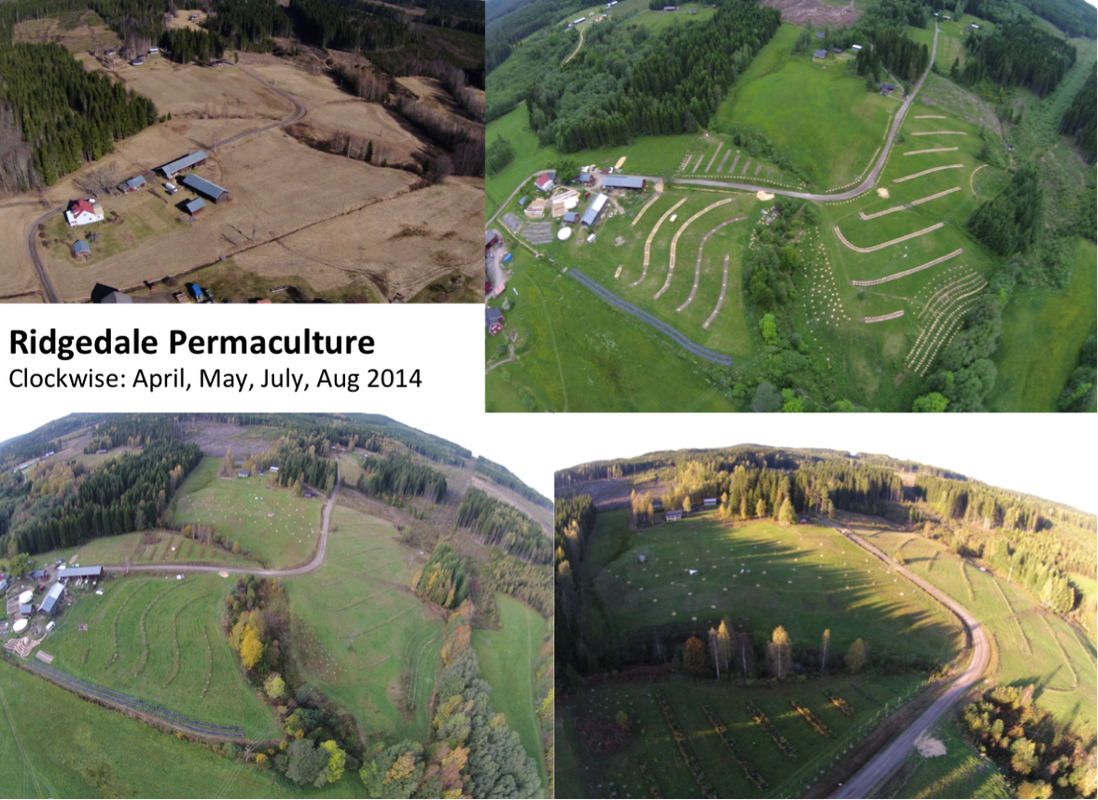
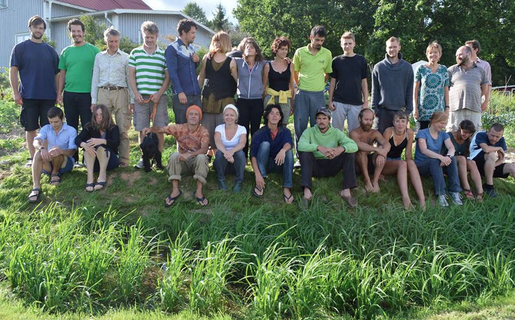
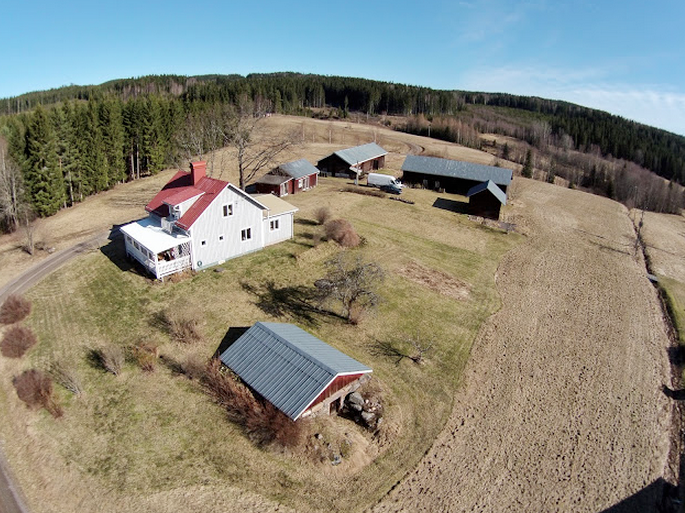

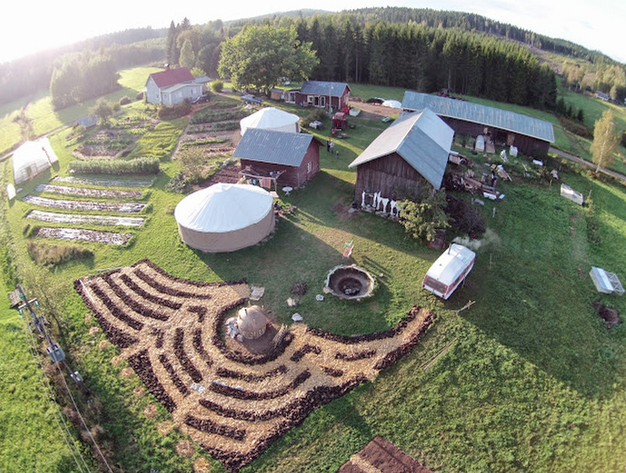
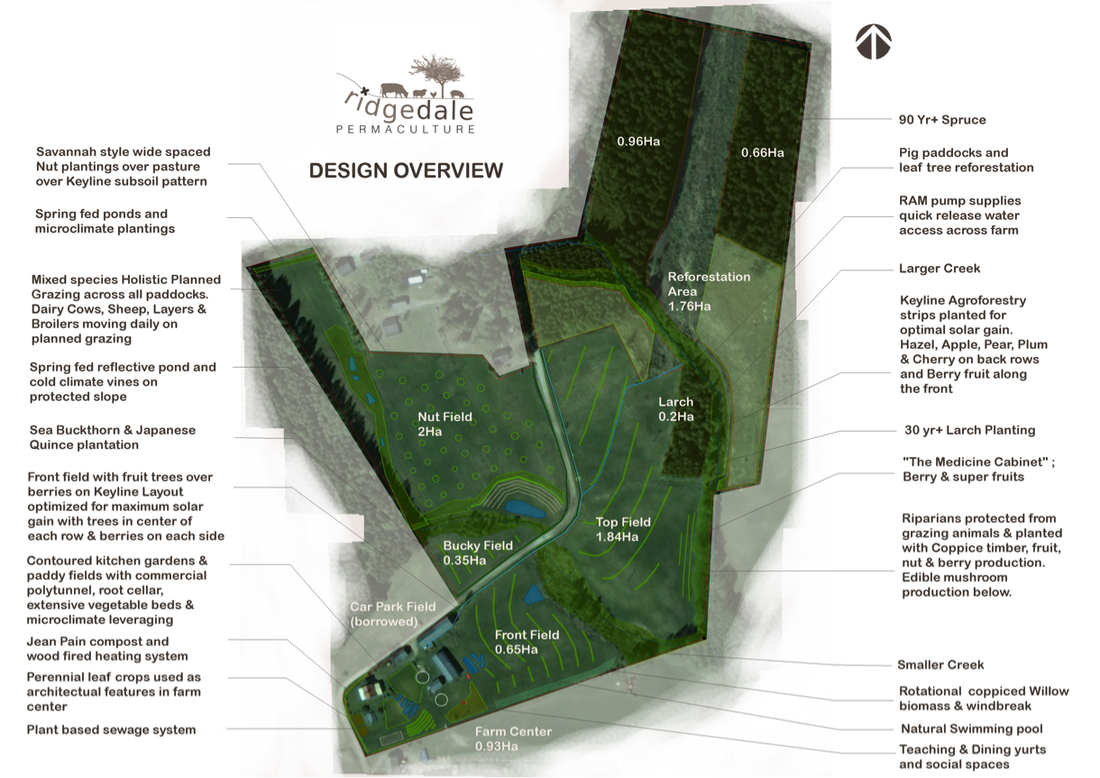
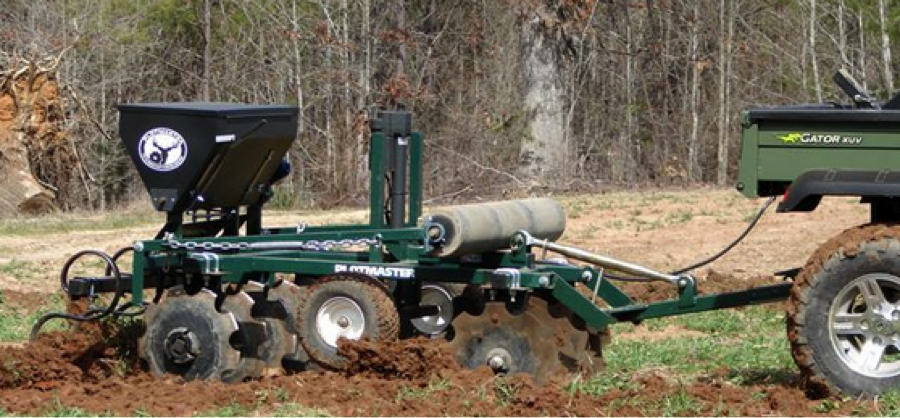
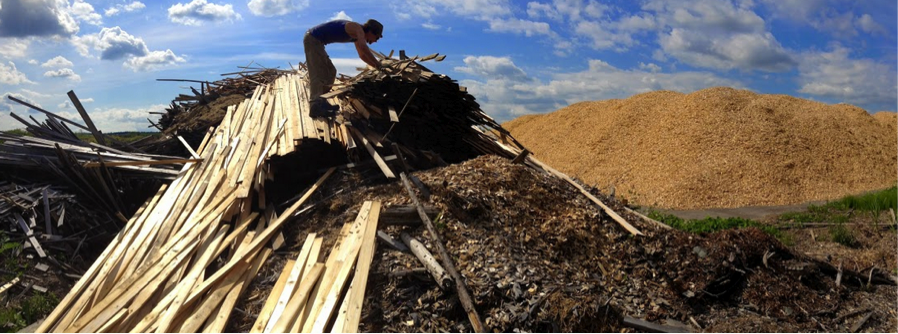
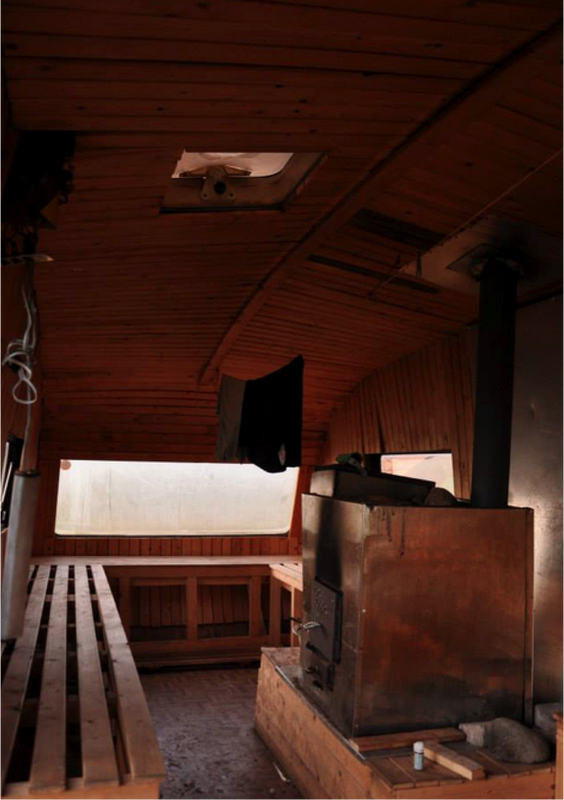
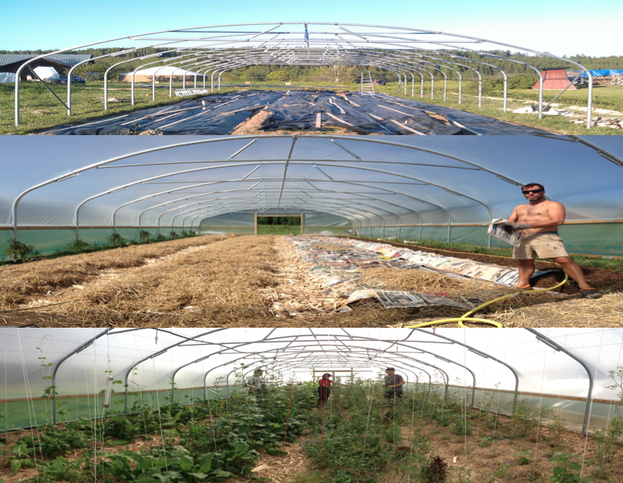
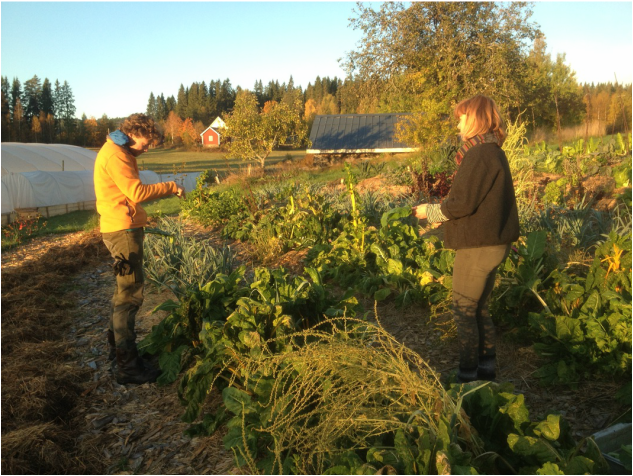
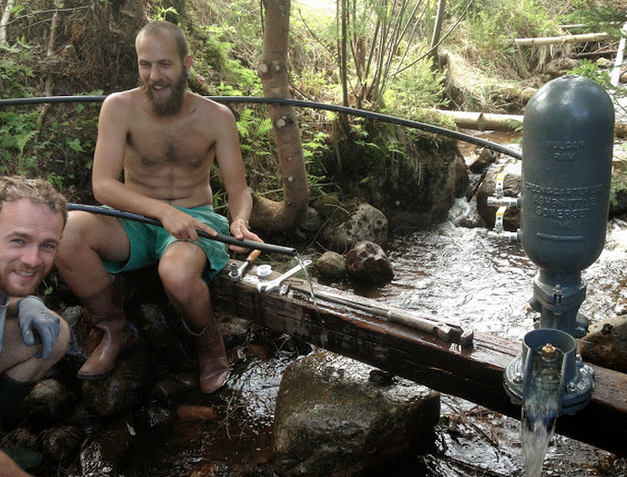
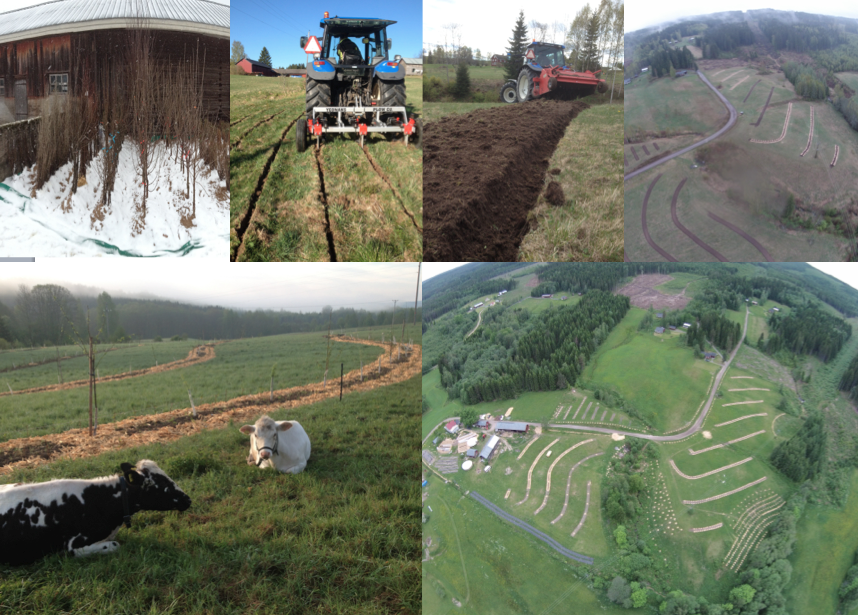
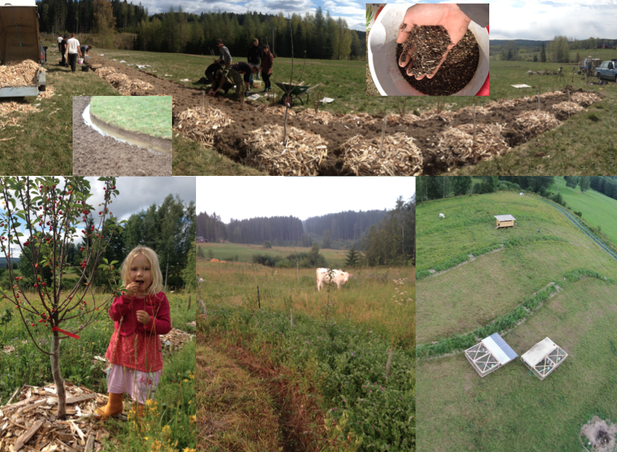

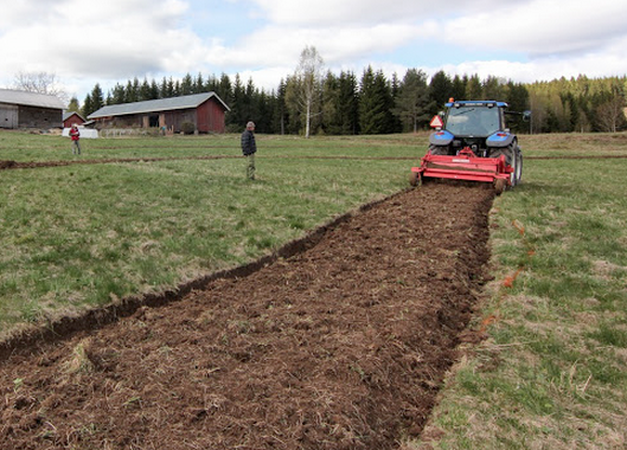
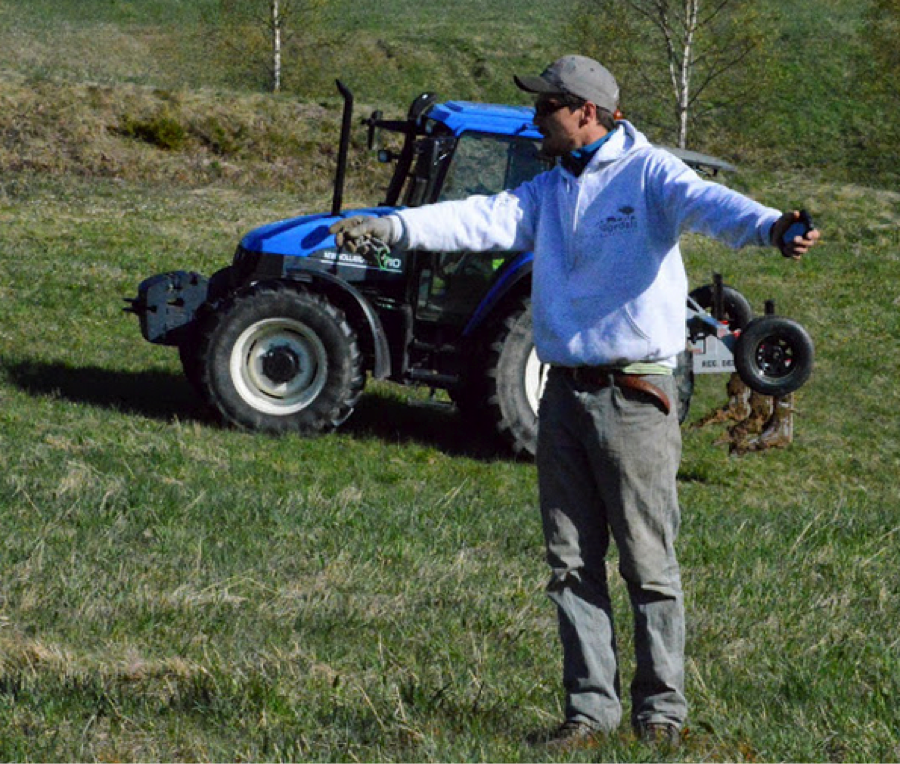
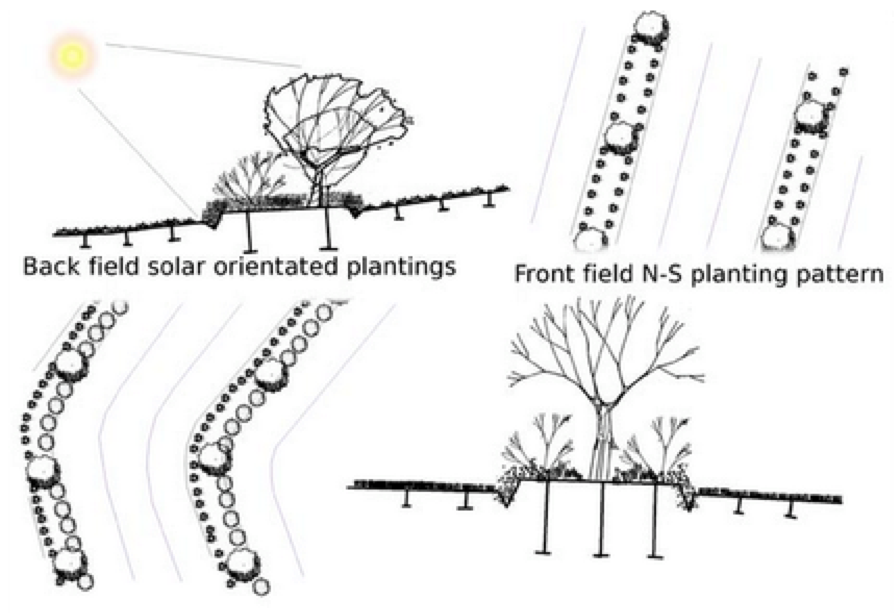
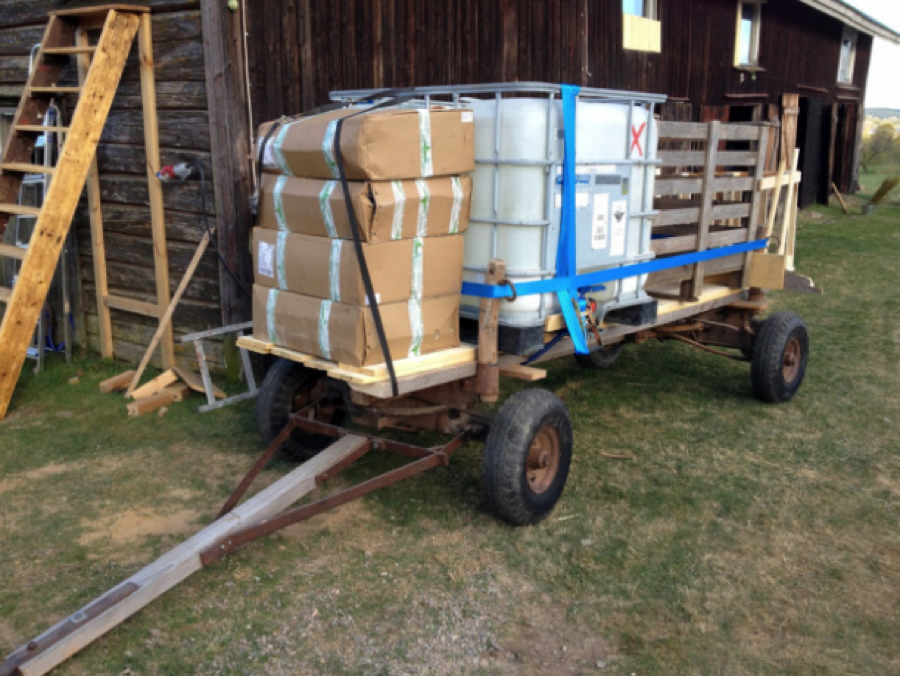
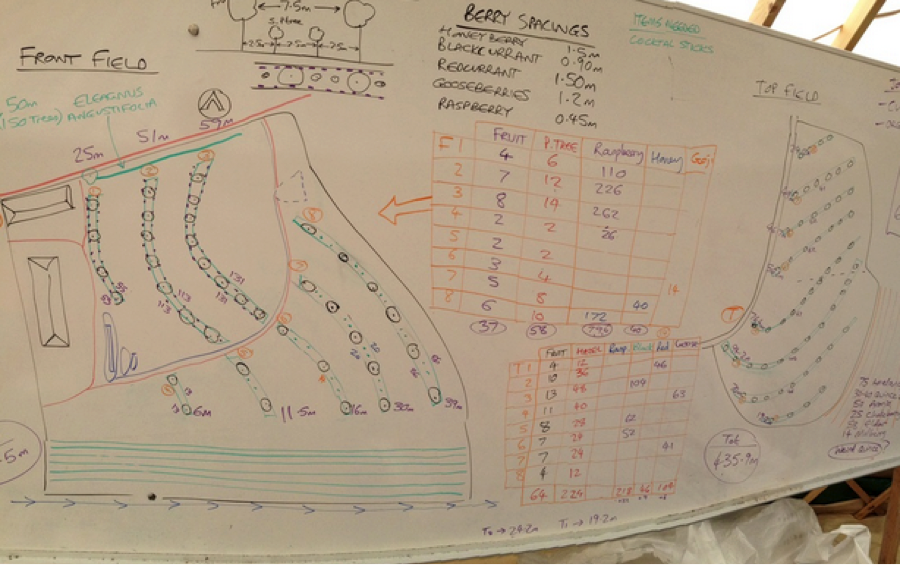

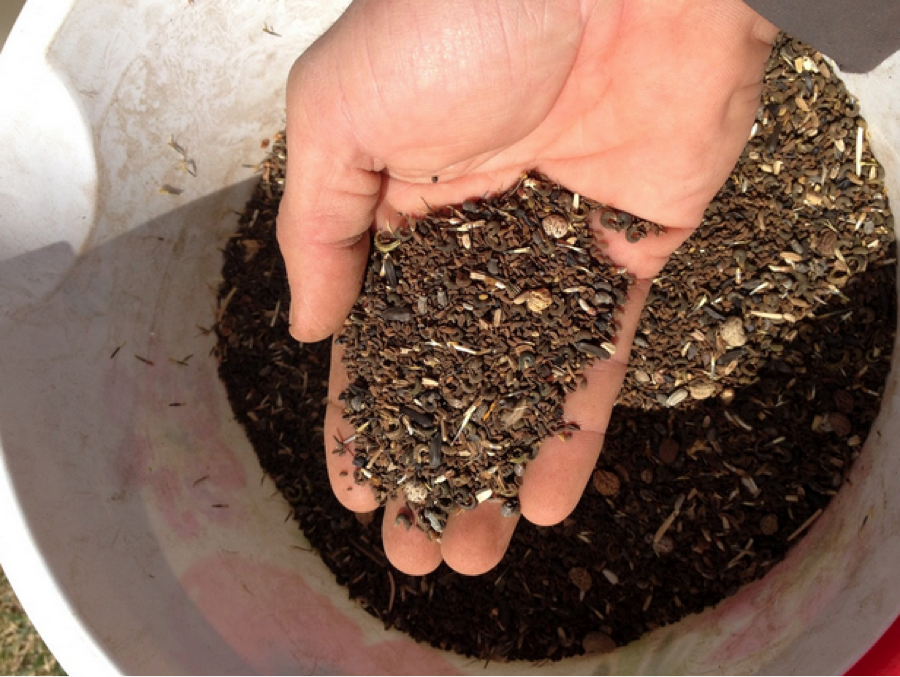
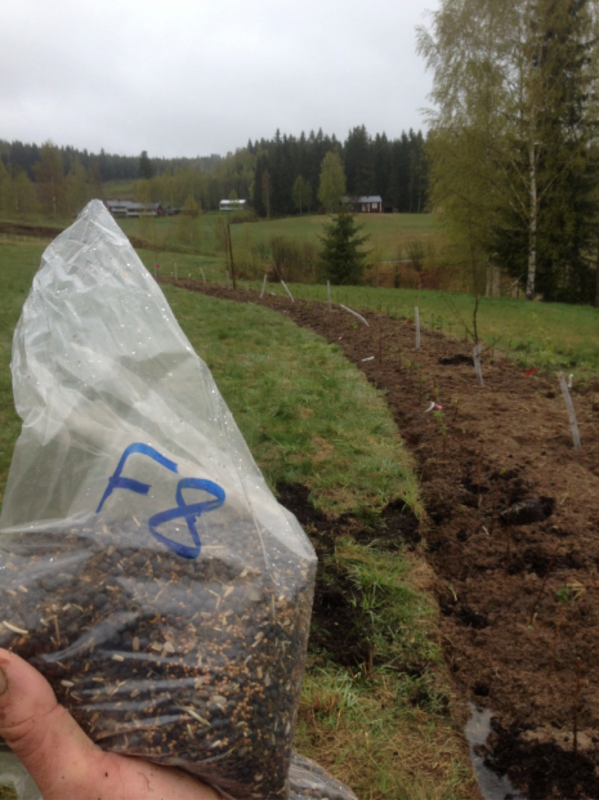
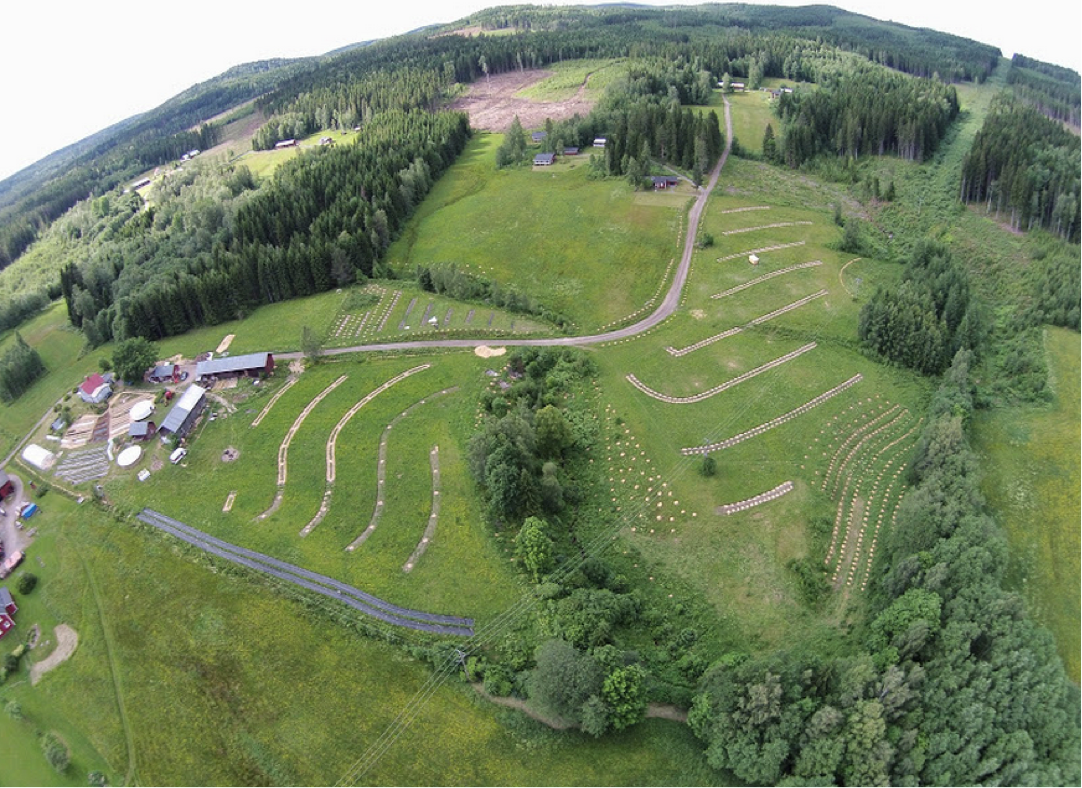
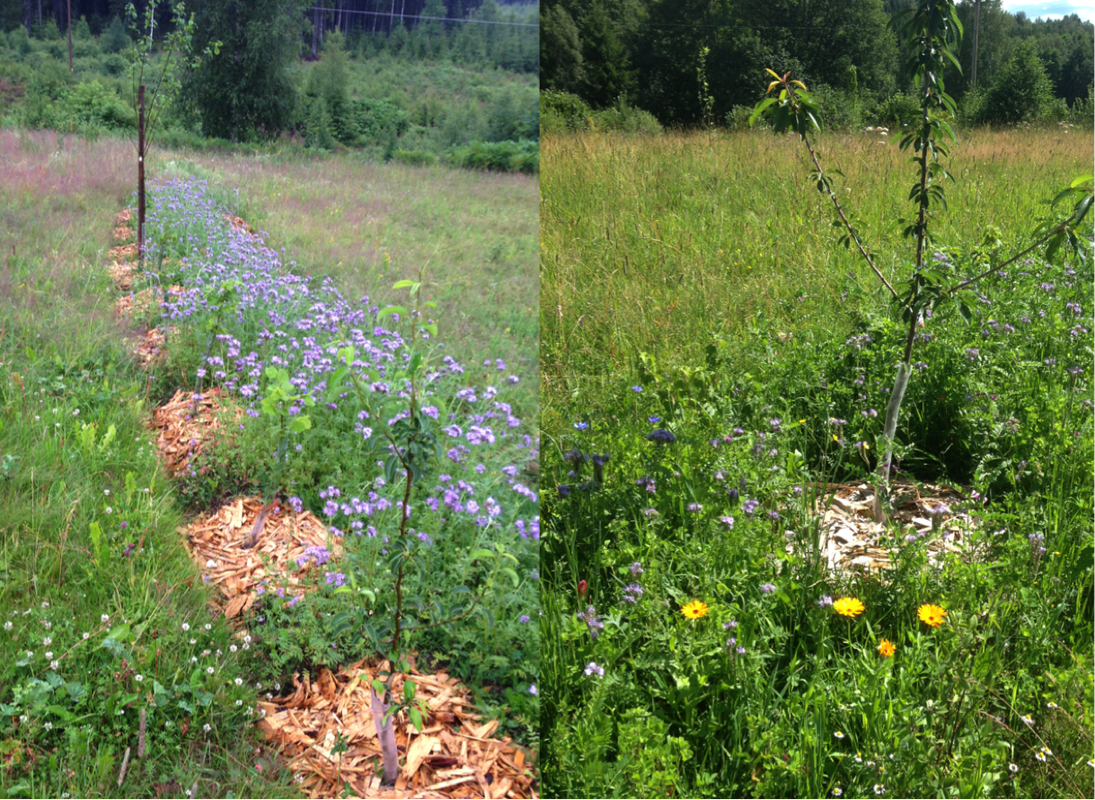
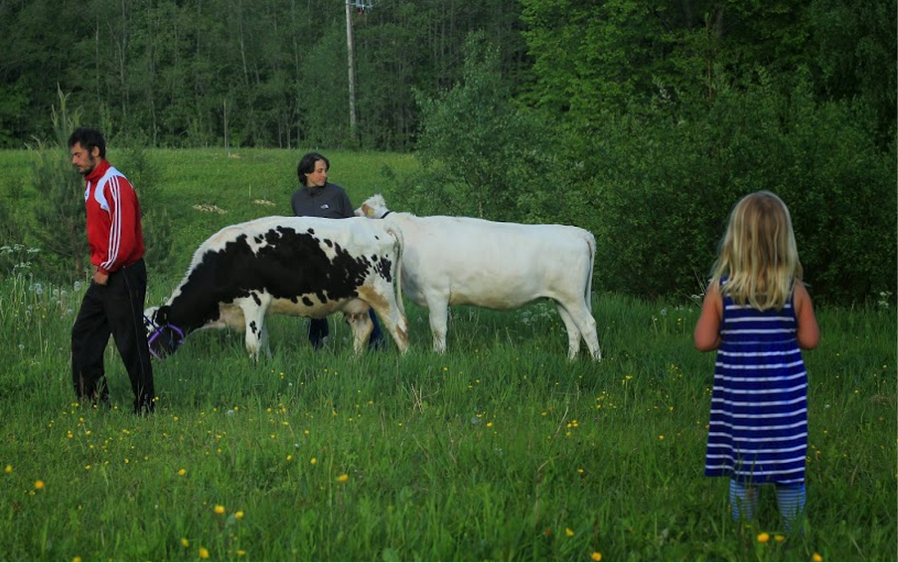
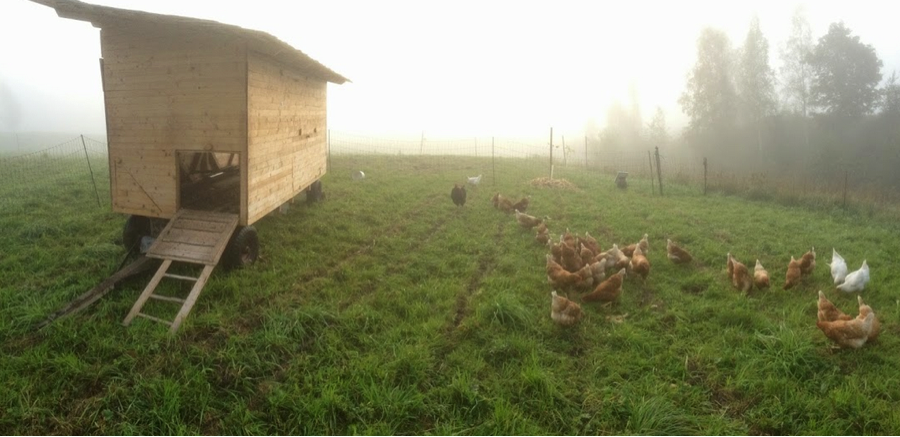
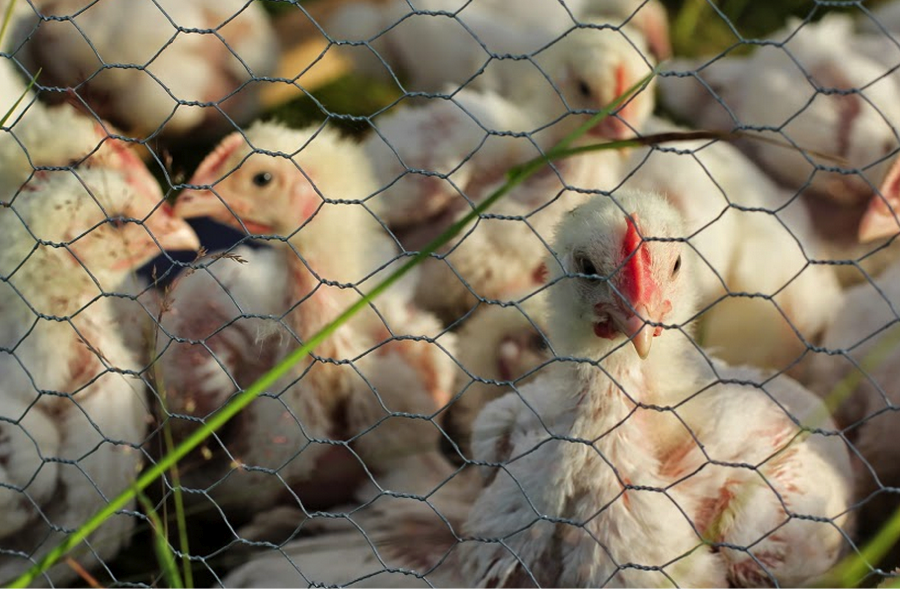
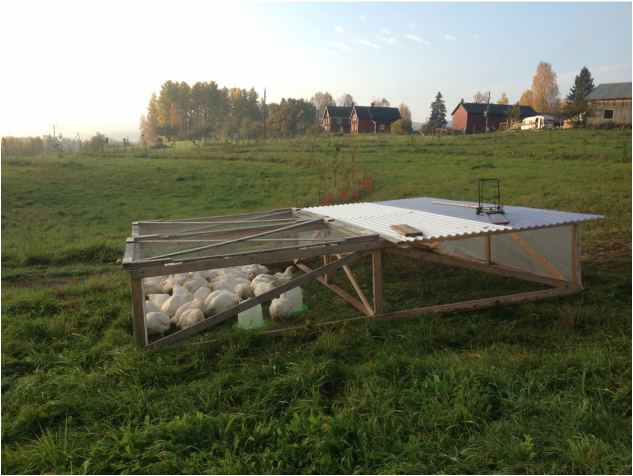
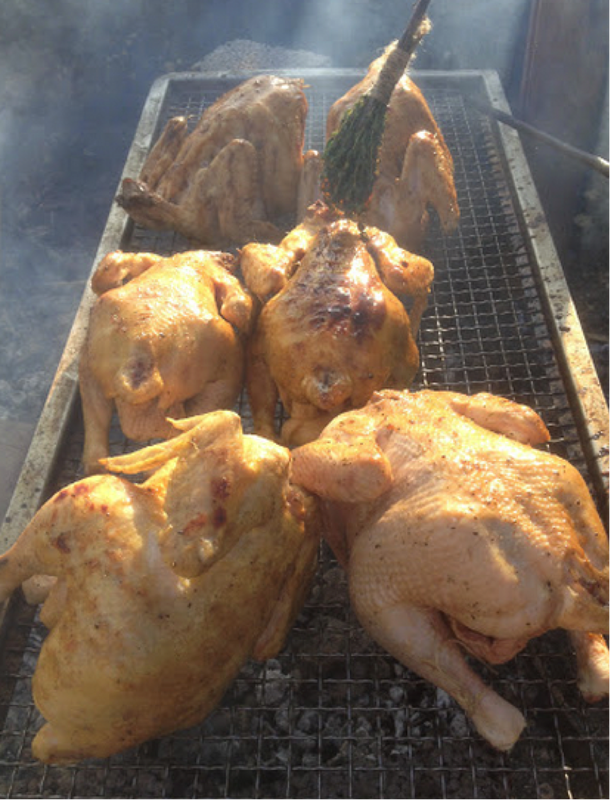
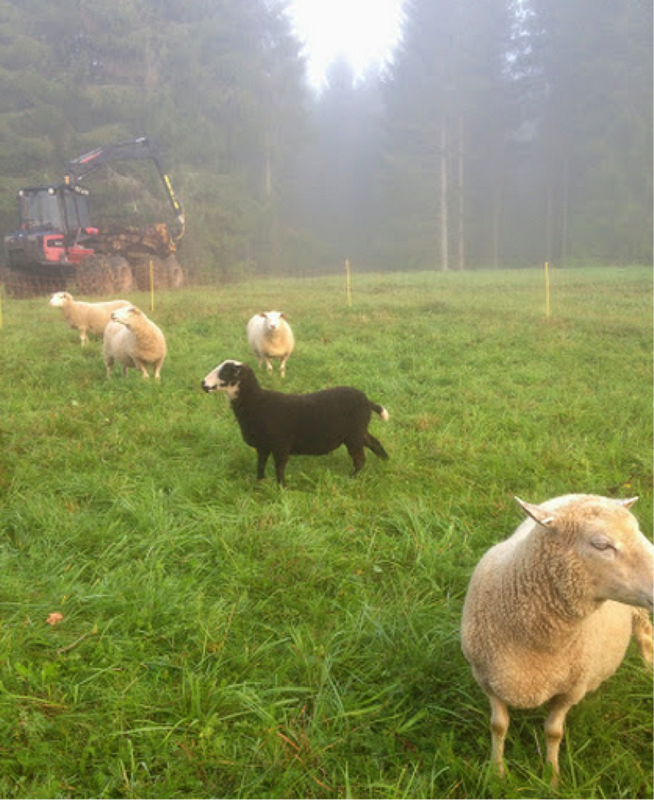
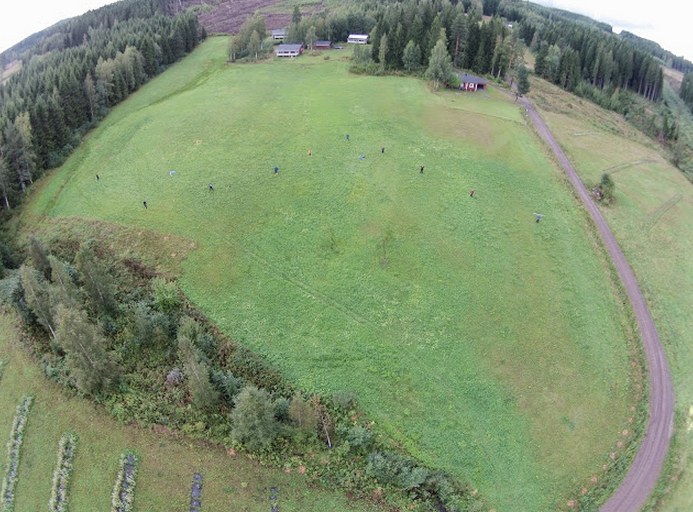
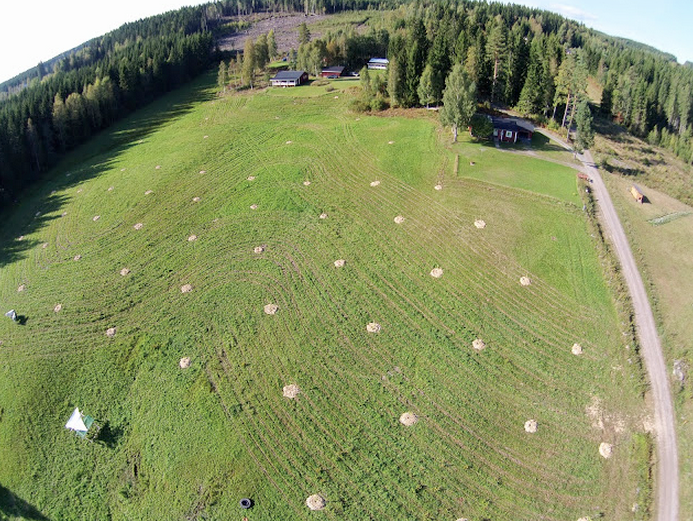
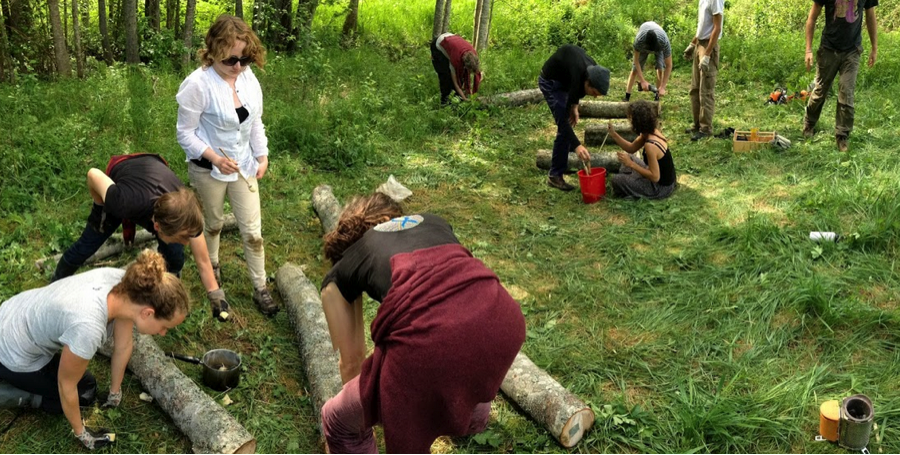
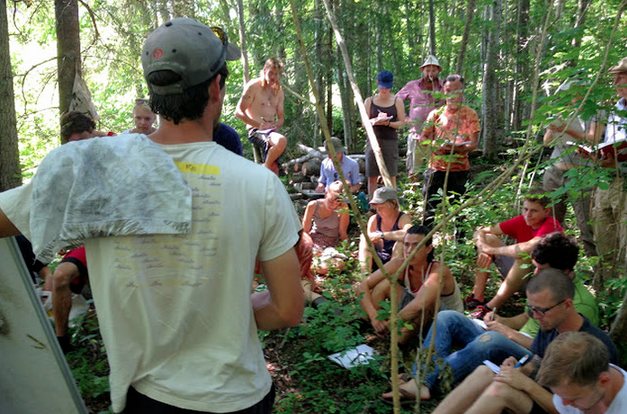
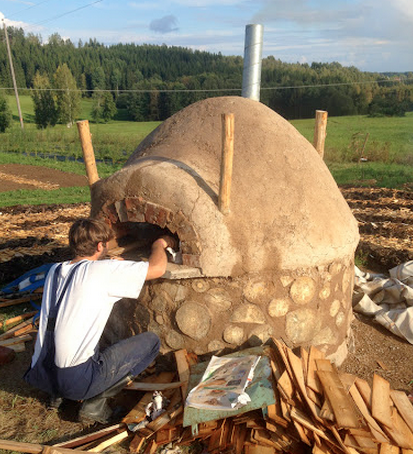
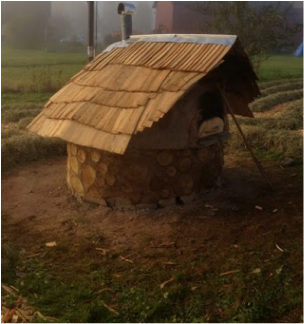
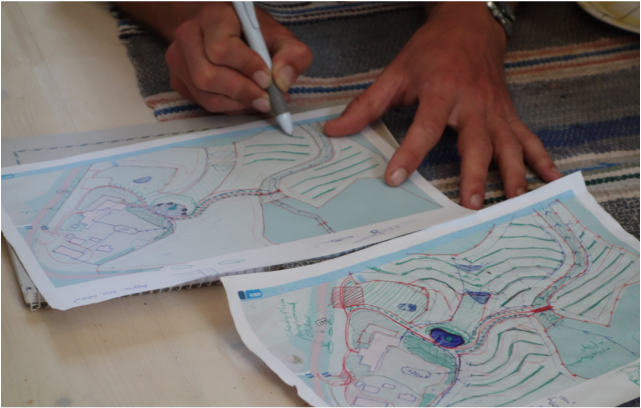
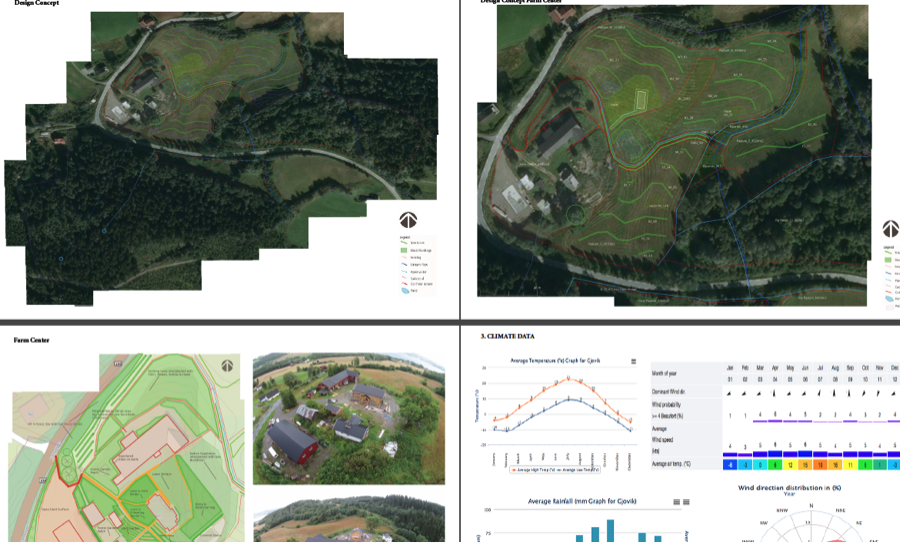
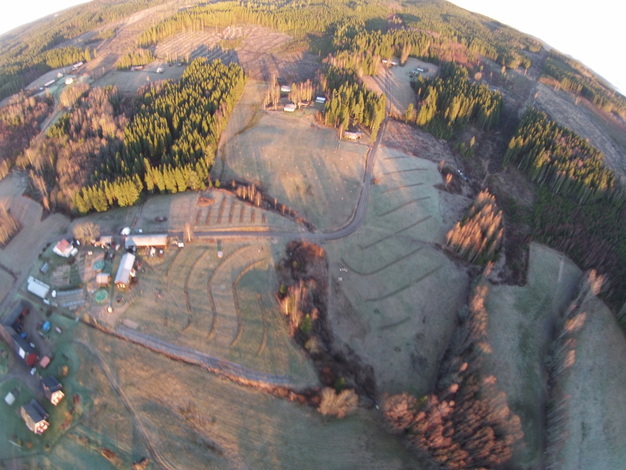

 RSS Feed
RSS Feed